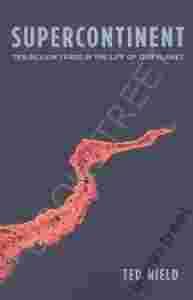SUPERCONTINENT Ted Nield

Aukcja w czasie sprawdzania była zakończona.
Cena kup teraz: 160.65 zł
Użytkownik bookstreet
numer aukcji: 5073917116
Miejscowość Kalisz
Wyświetleń: 4
Koniec: 11-03-2015, 6:47
Dodatkowe informacje:
Stan: Nowy
Okładka: miękka
Kondycja: bez śladów używania
